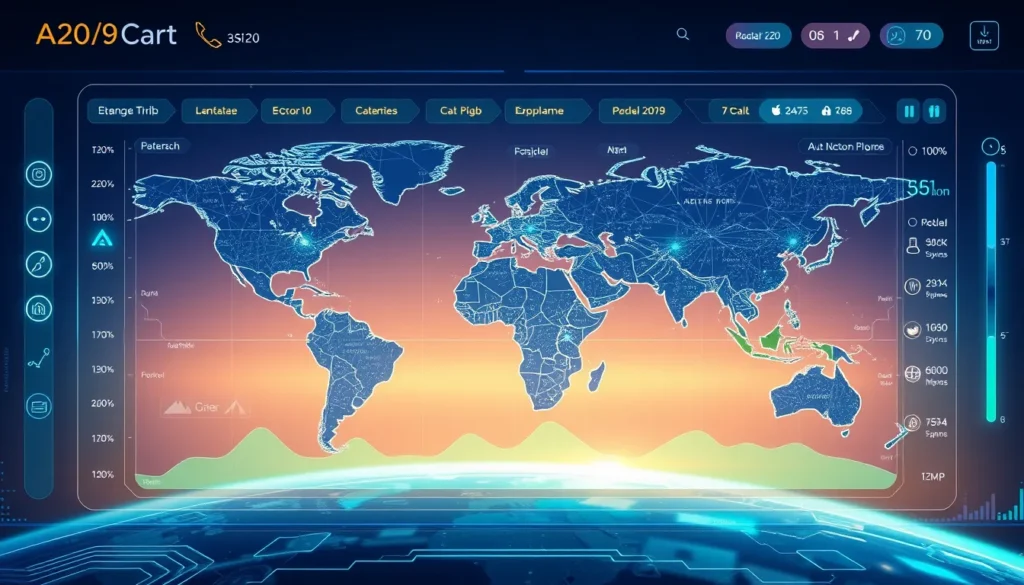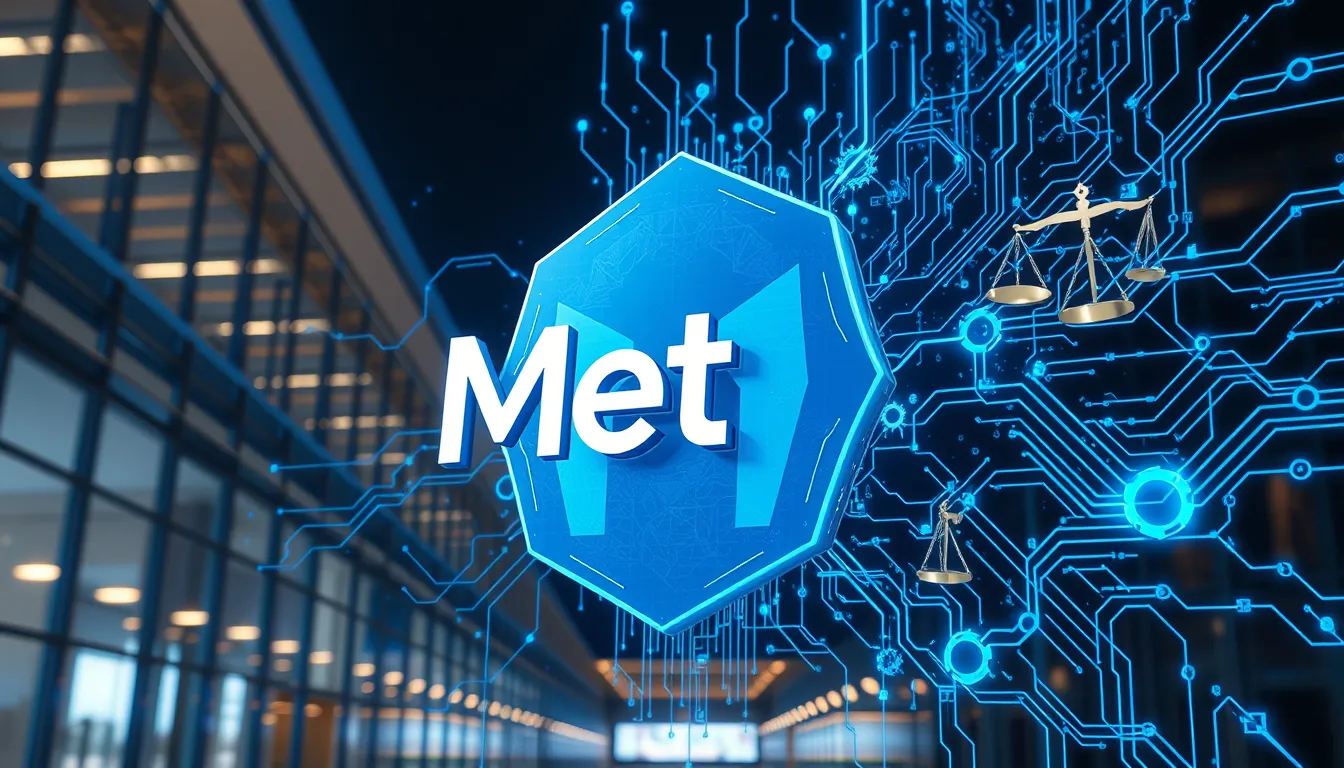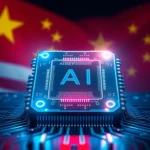Now Reading: Transforming Data with AI-Powered Knowledge Graphs
-
01
Transforming Data with AI-Powered Knowledge Graphs
Transforming Data with AI-Powered Knowledge Graphs

Transforming Data with AI-Powered Knowledge Graphs
In today’s rapidly evolving digital landscape, artificial intelligence (AI) is not just a buzzword—it is a transformative force. Advanced technologies such as AI-powered knowledge graphs are revolutionizing how organizations manage and leverage data. By connecting varied data sets seamlessly, these tools allow businesses to derive deeper insights, streamline operations, and stay ahead in competitive markets.
Introduction: The New Era of Data Management
Historically, data management relied on rigid frameworks and isolated databases, often resulting in silos and missed opportunities. With the advent of digital transformation, traditional methods are giving way to dynamic systems that emphasize flexibility, connectivity, and real-time analytics. The integration of AI into data management has fostered the development of innovative tools, such as knowledge graphs, which are now indispensable in today’s digital strategy.
The Role of AI-Powered Knowledge Graphs in Digital Transformation
Knowledge graphs have swiftly moved from a niche technology to a cornerstone of modern data architectures. These graphs do more than simply store information; they contextualize data by revealing intricate relationships between diverse datasets. As organizations undergo digital transformation, the role of AI-powered knowledge graphs becomes essential in:
- Enhancing data connectivity through interlinked data points
- Enabling predictive analytics by uncovering hidden patterns
- Providing a comprehensive view of the digital landscape
- Empowering leaders to make data-driven decisions
By utilizing these systems, businesses not only improve their technical operations but also significantly boost customer engagement and market responsiveness.
Enhancing Data Management and Connectivity with Knowledge Graphs
The integration of AI-powered knowledge graphs into data management practices results in a more interconnected and insightful digital ecosystem. This approach bridges the gap between traditional methods and modern analytics by converting raw, disparate data into actionable intelligence. Among the key benefits of this technological shift are:
- Improved data connectivity: By linking various data sources, organizations gain a holistic view of their operations.
- Enhanced decision-making: Knowledge graphs facilitate real-time insights, transforming complex data into digestible information.
- Increased operational efficiency: Automated data categorization and relationship mapping reduce manual intervention and human error.
Organizations such as IBM and Microsoft have successfully implemented digital transformation strategies that highlight the significance of robust data connectivity. For further reading on digital transformation, you can visit the Digital Transformation Wikipedia page.
Leveraging Predictive Analytics Through AI and Knowledge Graphs
Predictive analytics is one of the standout advantages provided by AI-powered knowledge graphs. By analyzing patterns and trends within vast datasets, predictive models can forecast future trends with impressive accuracy. This is crucial in sectors where anticipating changes in consumer behavior or market dynamics can lead to significant competitive advantages. With AI and knowledge graphs working in tandem, companies have the potential to:
- Identify emerging trends before they become mainstream
- Tailor products and services to evolving customer needs
- Mitigate risks by predicting potential operational setbacks
How AI is Transforming Data Management
One notable long-tail keyword, “how AI is transforming data management,” reflects the keen interest of business leaders. As AI reshapes data management, it provides tools to not just store but also accurately interpret multifaceted data streams. Improved connectivity enhances the reliability of predictive analytics, ensuring insights are both timely and actionable.
Challenges and Future Trends
Despite the revolutionary impact of AI-powered knowledge graphs, several challenges persist. Organizations must contend with data privacy concerns, integration with legacy systems, and the ever-present risk of data overload. However, as technologies mature and best practices evolve, these obstacles are gradually being addressed. Looking forward, the digital landscape is set to see further advancements in areas such as:
- Advanced machine learning algorithms for more precise data interpretation
- Enhanced security protocols to protect sensitive information
- Greater integration of IoT devices with AI systems for comprehensive data capture
Conclusion
The fusion of AI and knowledge graphs represents a significant milestone in the evolution of data management and digital transformation. By transforming the traditional data playbook, companies are better equipped to harness vast information streams, ensuring enhanced customer experiences and robust market positioning. With practical applications in predictive analytics and data connectivity, AI-powered knowledge graphs are not only redefining how data is managed but are also setting the stage for future innovations. As enterprises continue to adapt and innovate, the strategic implementation of these powerful tools will play a crucial role in driving sustainable business growth in an increasingly data-driven world.
Ultimately, embracing this technology means embracing a future where data is not just stored, but actively used to craft smarter, more responsive business strategies. For organizations aiming to stay competitive, now is the time to harness the power of AI-powered knowledge graphs and turn raw data into a strategic advantage.

























